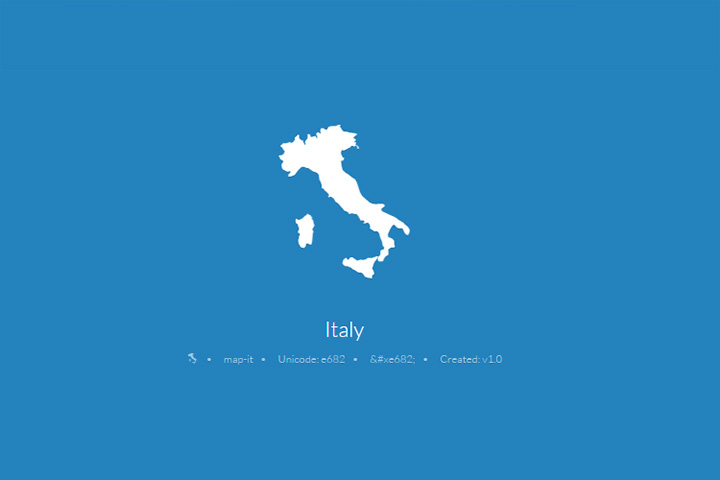Working with arrays is a fundamental skill in JavaScript development, and removing specific items is a common task you’ll encounter. In this guide, I’ll walk you through various methods to remove items from arrays, complete with practical examples you’ll actually use in your projects.
Using splice() for Index-Based Removal
The splice() method is your go-to solution when you know the index of the item you want to remove. Think of it like a surgeon’s knife – precise and effective.
let fruits = ['apple', 'banana', 'orange', 'mango'];
fruits.splice(2, 1); // Removes 'orange'
console.log(fruits); // ['apple', 'banana', 'mango']Real-world example: Let’s say you’re building a shopping cart, and a customer wants to remove an item:
const shoppingCart = [
{ id: 1, name: 'Laptop', price: 999 },
{ id: 2, name: 'Mouse', price: 29 },
{ id: 3, name: 'Keyboard', price: 79 }
];
function removeItemById(id) {
const index = shoppingCart.findIndex(item => item.id === id);
if (index !== -1) {
shoppingCart.splice(index, 1);
}
}
removeItemById(2); // Removes the mouse from the cartUsing filter() for Value-Based Removal
When you want to remove items based on a condition, filter() creates a new array containing only the elements that pass your test. It’s like having a bouncer at a club who only lets in people meeting specific criteria.
let numbers = [1, 2, 3, 4, 5, 6];
let evenNumbers = numbers.filter(num => num % 2 === 0);
console.log(evenNumbers); // [2, 4, 6]Real-world example: Filtering out completed tasks in a todo application:
const tasks = [
{ id: 1, title: 'Learn JavaScript', completed: true },
{ id: 2, title: 'Build a project', completed: false },
{ id: 3, title: 'Write documentation', completed: true }
];
const incompleteTasks = tasks.filter(task => !task.completed);
console.log(incompleteTasks); // Shows only uncompleted tasksUsing pop() and shift() for Edge Removal
Sometimes you need to remove items from the beginning or end of an array. That’s where pop() and shift() come in handy.
let queue = ['First', 'Second', 'Third'];
queue.shift(); // Removes and returns 'First'
console.log(queue); // ['Second', 'Third']
let stack = ['Bottom', 'Middle', 'Top'];
stack.pop(); // Removes and returns 'Top'
console.log(stack); // ['Bottom', 'Middle']Real-world example: Managing a playlist of songs:
class MusicPlayer {
constructor() {
this.playlist = ['Sweet Home Alabama', 'Stairway to Heaven', 'Hotel California'];
}
skipCurrentSong() {
return this.playlist.shift(); // Removes and returns the current song
}
playNext() {
if (this.playlist.length > 0) {
console.log(`Now playing: ${this.playlist[0]}`);
} else {
console.log('Playlist is empty');
}
}
}
const player = new MusicPlayer();
player.skipCurrentSong();
player.playNext(); // Now playing: Stairway to HeavenAdvanced Technique: Using Set for Unique Values
When dealing with duplicate values, combining Set with array methods offers an elegant solution:
let tags = ['javascript', 'programming', 'javascript', 'web', 'programming'];
function removeAllInstances(arr, value) {
return Array.from(new Set(arr)).filter(item => item !== value);
}
let uniqueTags = removeAllInstances(tags, 'javascript');
console.log(uniqueTags); // ['programming', 'web']Real-world example: Cleaning up user-submitted categories in a blog platform:
class BlogPost {
static cleanCategories(categories) {
// Remove duplicates and empty strings
return Array.from(new Set(categories))
.filter(category => category.trim() !== '');
}
}
const userSubmittedCategories = [
'tech', '', 'programming', 'tech', ' ', 'javascript'
];
const cleanedCategories = BlogPost.cleanCategories(userSubmittedCategories);
console.log(cleanedCategories); // ['tech', 'programming', 'javascript']Performance Considerations and Best Practices
Different methods have different performance implications. Here’s when to use each:
- Use
splice()when you need to modify the original array and know the index - Choose
filter()when you want to remove multiple items based on a condition - Opt for
pop()orshift()when working with stack or queue data structures - Consider using
Setwhen dealing with duplicate values
Remember that splice() modifies the original array, while filter() creates a new one. This distinction is crucial when working with state management in frameworks like React:
// In React component
const [items, setItems] = useState(['item1', 'item2', 'item3']);
// Wrong way - modifying state directly
items.splice(1, 1);
// Right way - creating new array
const removeItem = (index) => {
setItems(items.filter((_, i) => i !== index));
};By understanding these methods and their appropriate use cases, you can write more maintainable and efficient code. The key is choosing the right tool for your specific situation, considering factors like array size, frequency of operations, and whether you need to preserve the original array.




